After a seven-month-long journey, NASA’s Perseverance rover successfully touched down on the Red Planet on February 18, 2021. Confirmation of the successful touchdown was announced in mission control at NASA’s Jet Propulsion Laboratory in Southern California at 3:55 p.m. EST (12:55 p.m. PST, 22:55 Finnish time).
Project engineers and scientists will now put Perseverance through its paces, testing every instrument, subsystem, and subroutine over the next month or two.
On the surface of Mars, Perseverance’s science instruments will have an opportunity to scientifically shine. Mastcam-Z is a pair of zoomable science cameras on Perseverance’s remote sensing mast, or head, that creates high-resolution, color 3D panoramas of the Martian landscape. Also located on the mast, the SuperCam uses a pulsed laser to study the chemistry of rocks and sediment and has its own microphone to help scientists better understand the property of the rocks, including their hardness.
Located on a turret at the end of the rover’s robotic arm, the Planetary Instrument for X-ray Lithochemistry (PIXL) and the Scanning Habitable Environments with Raman & Luminescence for Organics & Chemicals (SHERLOC) instruments will work together to collect data on Mars’ geology close-up. PIXL will use an X-ray beam and suite of sensors to delve into a rock’s elemental chemistry. SHERLOC’s ultraviolet laser and spectrometer, along with its Wide Angle Topographic Sensor for Operations and eNgineering (WATSON) imager, will study rock surfaces, mapping out the presence of certain minerals and organic molecules, which are the carbon-based building blocks of life on Earth.
The rover chassis is home to three science instruments, as well. Radar Imager for Mars’ Subsurface Experiment (RIMFAX) is the first ground-penetrating radar on the surface of Mars and will be used to determine how different layers of the Martian surface formed over time. The data could help pave the way for future sensors that hunt for subsurface water ice deposits.
Also with an eye on future Red Planet explorations, the Mars Oxygen In-Situ Resource Utilization Experiment (MOXIE) technology demonstration will attempt to manufacture oxygen out of thin air – the Red Planet’s tenuous and mostly carbon dioxide atmosphere. The rover’s Mars Environmental Dynamics Analyzer (MEDA) instrument, which has sensors on the mast and chassis, will provide key information about present-day Mars weather, climate, and dust.
The FMI’s instrumentation is part of the Spanish-led consortium’s Mars Environmental Dynamics Analyzer (MEDA). Vaisala’s pressure and humidity sensors onboard Perseverance are similar, but more advanced, to the ones sent to Mars on the Curiosity rover in 2012.
Source: NASA
More information for the media:
Maria Genzer, Head of Planetary Research and Space Technology Group, Finnish Meteorological Institute , +358 29 539 4724, maria.genzer@fmi.fi
Maria Hieta, Research Engineer, Finnish Meteorological Institute
+358 29 539 2063, maria.hieta@fmi.fi
Tiina Ervasti, Communications Specialist, Finnish Meteorological Institute
+ 358 29 539 3501, viestinta@fmi.fi
Miia Lahti, Communications Manager, Vaisala
+358 50 555 4420, comms@vaisala.com
The Finnish Meteorological Institute is a research and service agency under the Ministry of Transport and Communications in Finland. Its mission is to produce high-quality observation and research data on the atmosphere and seas. The Institute combines this expertise into the weather, climate and oceanographic services it provides to promote public safety as well as increase well-being in the society and the environment, taking into account the needs to maintain preparedness. More information about FMI in space: https://space.fmi.fi
linkedin.com/finnish-meteorological-institute
Vaisala is a global leader in weather, environmental, and industrial measurements. Building on over 80 years of experience, Vaisala provides observations for a better world, with space-proof technology even exploring Mars and beyond. We are a reliable partner for customers around the world, offering a comprehensive range of innovative observation and measurement products and services. Headquartered in Finland, Vaisala employs approximately 1,900 professionals worldwide and is listed on the Nasdaq Helsinki stock exchange.
vaisala.com/space, twitter.com/VaisalaGroup, linkedin.com/vaisala

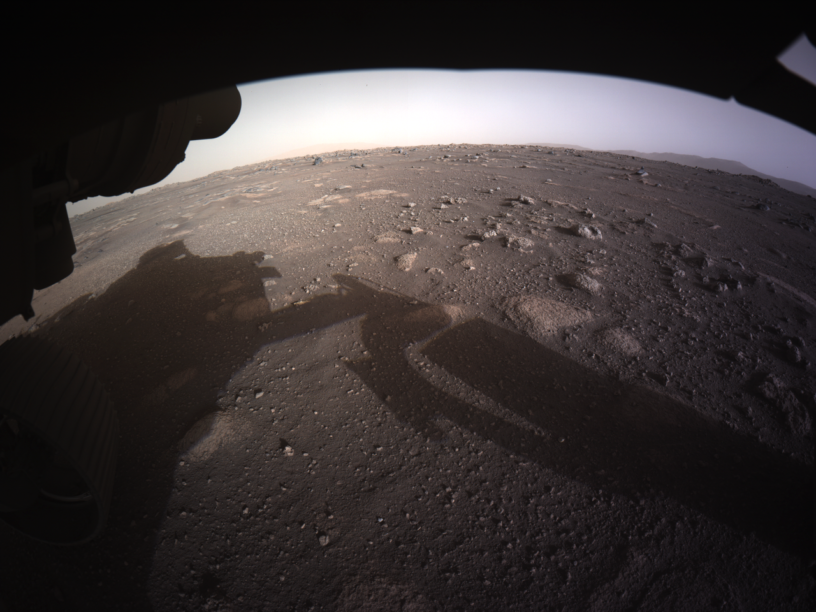
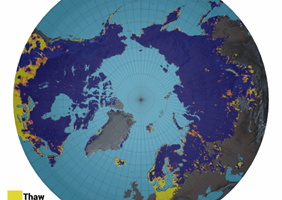
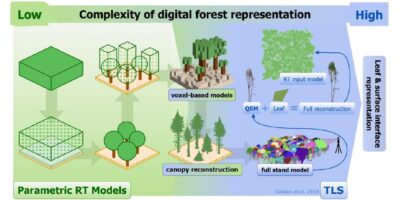
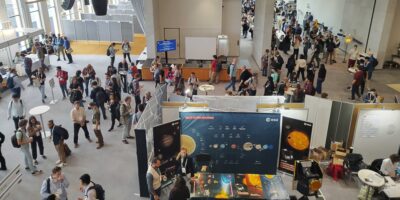
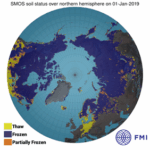

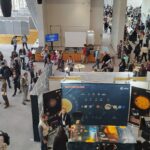
Leave a Reply
You must be logged in to post a comment.